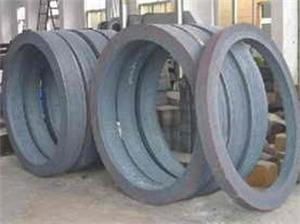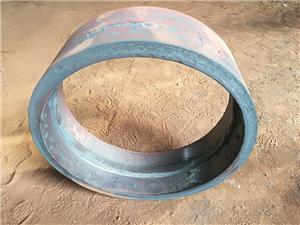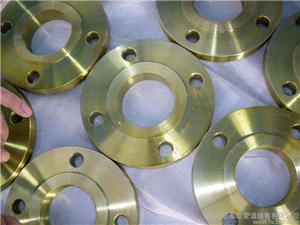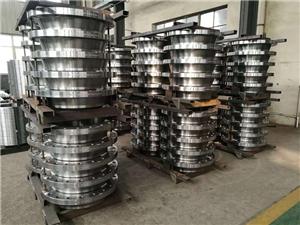Comparison of advantages and disadvantages of hot forging, cold forging and warm forging
Forging can be divided into two categories: die forging and free forging according to whether a die is used. All fastener forgings are die forging.
Die forging can be divided into three categories: hot forging, cold forging and warm forging according to the temperature of the plastic deformation of the metal material. When the metal material is heated to a very high temperature without overheating or overheating defects for plastic forming, it is called hot forging; when the metal material is plastically formed at room temperature without heating, it is called cold forging; the metal material is called cold forging. When heated to a higher temperature that has not yet produced strong oxidation for plastic forming, it is called warm forging. The advantages and disadvantages of the three types of die forging processes are compared as follows:
1. Hot forging: refers to the processing of the billet above the recrystallization temperature of the metal.
Features:
1) Reduce the deformation resistance of the metal, thereby reducing the forging pressure required for the deformation of the bad material, so that the tonnage of the forging equipment is greatly reduced;
2) Change the as-cast structure of the steel ingot. After recrystallization during the hot forging process, the coarse as-cast structure becomes a new structure with fine grains, and the defects of the as-cast structure are reduced and the mechanical properties of the steel are improved; copy 3) , Improve the plasticity of the steel, which is especially important for some high-alloy steels that are brittle and difficult to forge at low temperatures. It is suitable for a class of metal materials with large deformation resistance and poor plasticity at room temperature.
2. Warm forging: a forging process performed within the recrystallization temperature.
Features: The purpose of using warm forging process is to obtain precision forgings. The advantage of warm forging is that it can improve the precision and quality of forgings, and at the same time, it does not have the large forming force as cold forging. It is suitable for precision die forgings of small and medium carbon steel with complex shapes.
3. Cold forging: refers to the processing of the billet above the recrystallization temperature of the metal.
Features: cold forgings have good surface quality and high dimensional accuracy, which can replace some cutting processes.
Cold forging can strengthen the metal and increase the strength of the part. It is suitable for aluminum and some alloys, copper and some alloys, low carbon steel, medium carbon steel and low alloy structural steel with low deformation resistance and good plasticity at room temperature.




